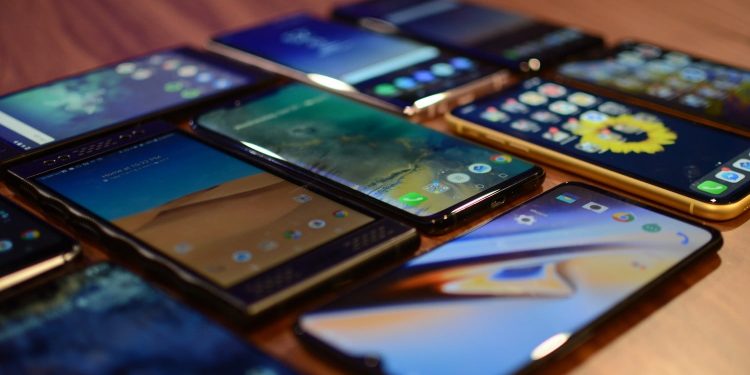London: Healthcare workers in low-income countries, like those in sub-Saharan Africa, could use existing smartphones to diagnose, track and control infectious diseases, scientists have said.
There are already initiatives focused on using established mobile technologies like text messages and calls to connect healthcare workers and patients to each other, and to test results.
According to researchers, including those from Imperial College London in the UK and University of KwaZulu-Natal in South Africa, smartphones could also help enable people to test themselves, and get results and support in their own homes.
This would make it easier for people to look after their own health – particularly in rural regions, where clinics can be too far away to travel.
In addition, patients worried about a potential HIV infection might be more inclined to get tested if they could do it at home and avoid the stigma of attending a clinic, the researchers said in a statement.
Many smartphones have sensors built in that could aid diagnosis, such as a heart rate monitor and an oximeter, as well as a camera and microphone that can be used to analyse images and sounds like a person’s breathing. In addition, simple testing technologies are being developed that can be linked into a phone, via a USB stick or wirelessly.
In theory, a person could test themselves using an easy to collect sample, such as a pinprick of blood, and the results would be scanned onto mobile apps.
The apps would send the results to local clinics before being uploaded to a central online database – instead of patients having to attend in person.
“People increasingly use smartphones to manage their money and connect with the world. It makes sense that phones can also play an even larger role in healthcare than they already do,” said Molly Stevens, from Imperial.
Approaches outlined in the review include apps that use the phone’s camera to interpret test results, send findings to local clinics or healthcare workers, and host virtual follow-up appointments with healthcare workers.
These approaches might help increase rates of disease testing in regions with limited facilities. Combined, the test results would build a picture of symptoms across a region to help predict and fight current and future outbreaks.
Researchers added that these ideas are not without challenges. Although rapid technological advances have improved access to testing, more than 35 per cent of the world has no access to mobile phones.
It is also easier to accurately collect and analyse samples in a healthcare setting, where there are trained staff and the environment is designed to be sterile, than in a person’s home. But then researchers said that slowly people themselves can be aware of how to implement healthcare by using smartphones.
AFP







































